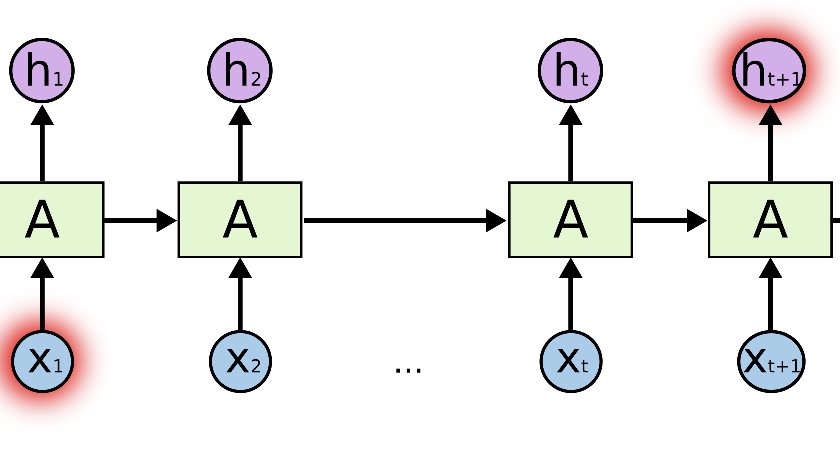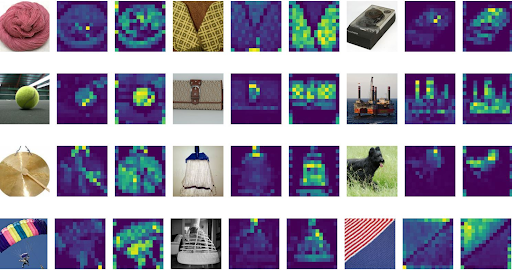Introduction
The Attention Mechanism is often associated with the transformer architecture, but it was already used in RNNs. In Machine Translation or MT (e.g., English-Italian) tasks, when you want to predict the next Italian word, you need your model to focus, or pay attention, on the most important English words that are useful to make…











